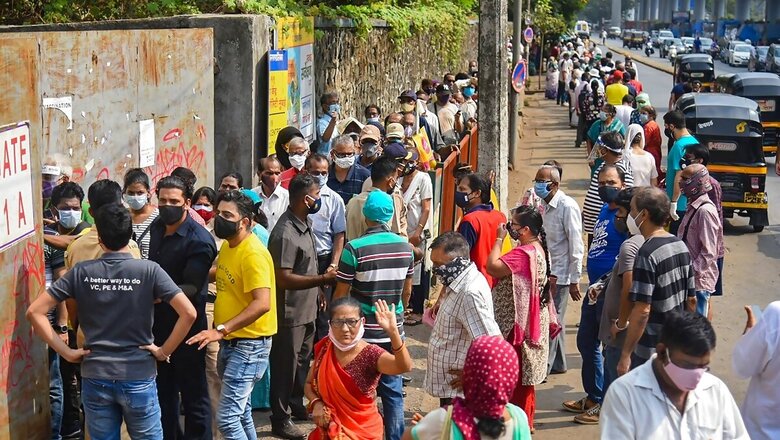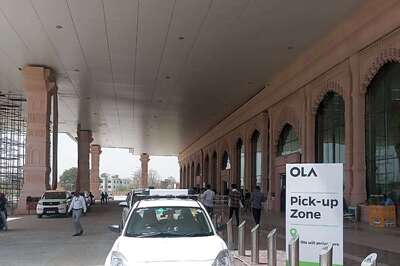
views
The Centre’s Integrated Disease Surveillance Programme showed around 32% of patients (both hospitalised and outside hospitals) were aged less than 30 in the second wave, as against 31 per cent during the first wave. Among people aged 30-40, the incidence of infection remains unchanged at 21 per cent during both waves. However, the requirement of oxygen among the young is higher this time.
According to several reports, many of the young patients have been reporting ‘ground glass opacity’ in their lungs, which is a condition where the appearance of the lung changes because of the infection. The fact that several of the variants currently in circulation are more infectious, infecting entire families, could be one reason for the spike in cases in young people, suspect officials at the National centre for Disease Control.
Earlier this week, the Indian Council of Medical Research (ICMR) shared data that showed that a larger proportion of patients hospitalised with Covid during the second wave belong to the 0-19 years age group.
Experts say the possible explanation is that children were more protected last year since they were largely indoors. The gradual opening up over the last 10 months, culminating in the opening of schools and colleges in some parts of the country may have changed the age profile of patients in hospitals.
In the national capital too, the number of children and infants getting infected during the second wave has been on the rise.
In the 6-13 years age group, children who might have become carriers when accompanying their parents to hospitals, are believed to be responsible for other children getting infected, a doctor at LNJP hospital told The Print.
The number of children below 13 years of age being admitted to the hospital or seeking RT PCR testing has been higher than last year.
Also, vaccination is yet to be opened to children.
Diarrhoea, vomiting, high fever and cold are among the common symptoms seen in children with Covid-19.
Meanwhile, several cases among younger children (5-12 years) emerged when schools and educational institutes reopened.
A total of 1,307 children between 5-12 years were surveyed in the fifth round of the serological survey in Delhi, of which nearly 50 per cent were found to have antibodies, a senior researcher of Maulana Azad Medical College involved in the survey told ThePrint. The survey was conducted between 15 and 23 January this year, when daily new cases were averaging about 300 cases.
“Younger generation need to be very careful now. Young people with no comorbidities are dying. The second wave is seeing more of the younger generation, including children, getting affected,” Dr Shekhar Salkar of Manipal Hospitals said. “They don’t even have symptoms of fever,” Dr Salkar added while addressing a webinar on ‘Why you Need to Get Vaccinated’.
Read all the Latest News, Breaking News and Coronavirus News here. Follow us on Facebook, Twitter and Telegram.



















Comments
0 comment